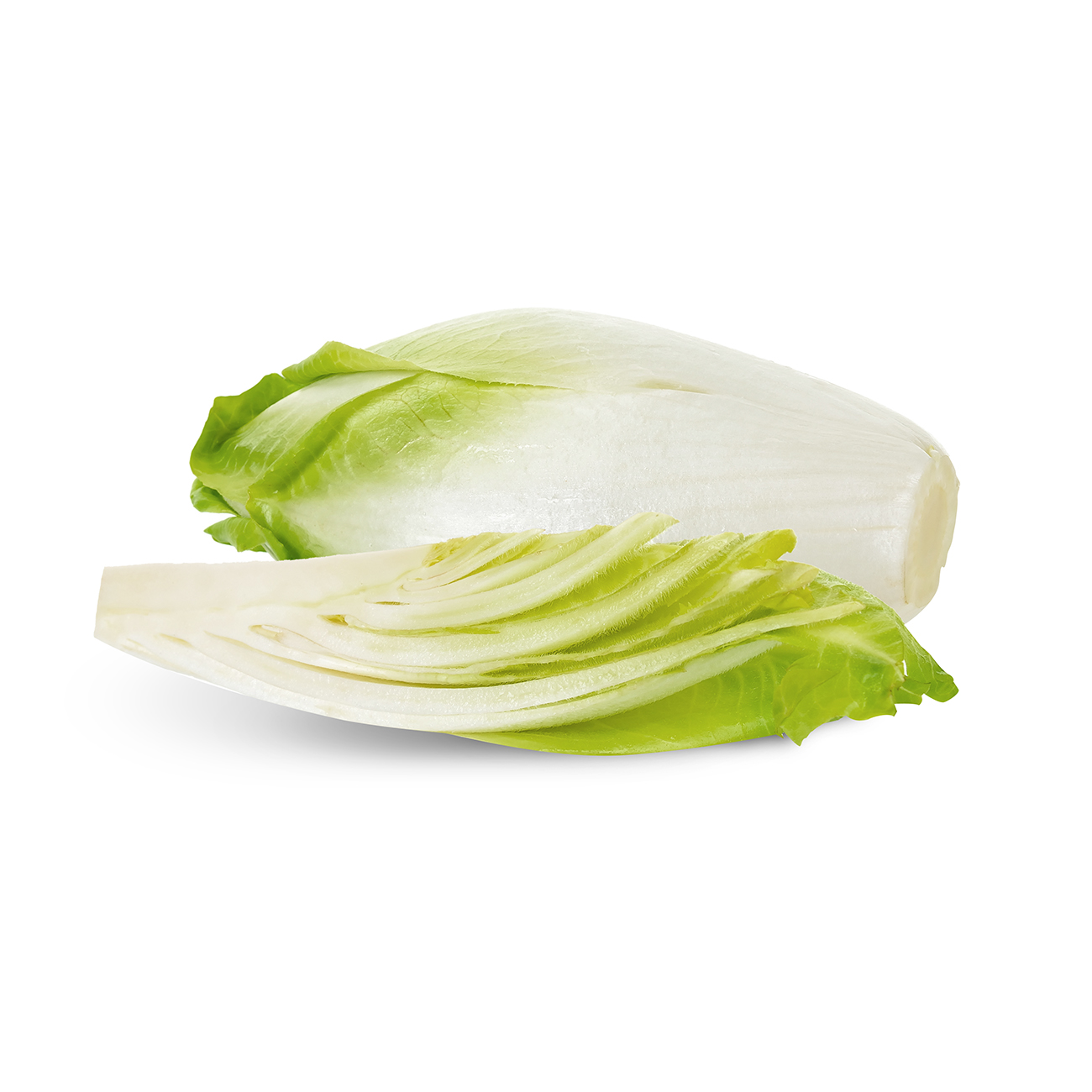Endive
Comes in two varieties: curly and fine leaf.
Alternative Name
Curly endive, escarole, frisee
Scientific Name
Cichorium endivia
Health benefits
Endive is often classed as a lettuce but is actually from the celery family. There are two main types, curly endive and fine leaf. They have a slightly bitter flavour. The most common endive has a rosette of green curly leaves, darker at tips and lighter in the centre.
-
Harvesting
Harvesting is usually done when the heads reach mature size. The plants are cut at the ground level when they are fully developed (25–30cm across) and the centre leaves are blanched. The leafy heads should be kept clean of soil and mud. Toughness and a strong bitter taste develop if harvest is delayed and the crop becomes over-mature. Endive must be handled with care to avoid mechanical damage and to minimise discoloration and pathological problems.Postharvest storage temperature
Temperatures must be kept low and RH high to prevent loss of turgor and wilting. Recommended conditions for commercial storage is 0°C. It is not adapted to prolong storage and will not keep longer than 2–3 weeks.Controlled atmosphere storage
There are presently no recommended controlled atmospheres for endive.Ethylene sensitivity
Ethylene production is very low, but exposure can result in leaf yellowing.Humidity storage
Optimal storage is 95–100% relative humidity.Disease & infection
Similar to those of leaf lettuces. -
Remove core before use. Keep in vegetable drawer of fridge.

You might also like
Veggy tip
Use endive as you would lettuce in a salad and serve with a dressing made with olive oil for maximum taste.



